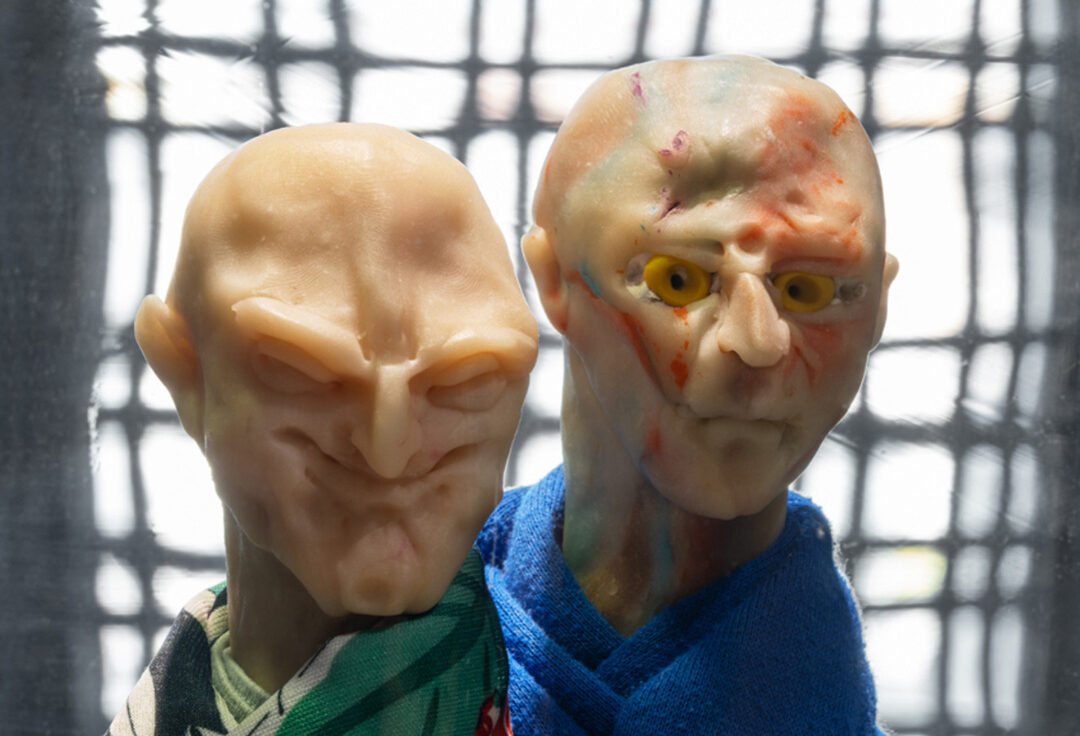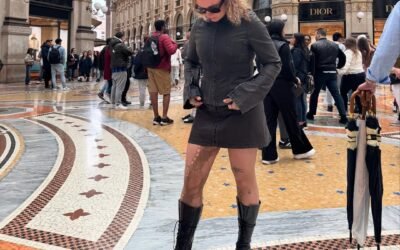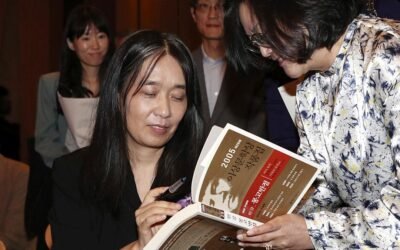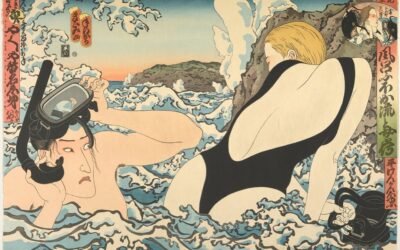The solo exhibition Genealogies, on view at Punta della Dogana in Venice until 23 November 2025, brings together key pieces by German artist Thomas Schütte, tracing the evolution of his themes and forms from the 1970s to today.
This marks Schütte’s first major exhibition in Italy, curated by Camille Morineau and Jean-Marie Gallais.
A retrospective approach grounded in conceptual clarity
Rather than following a chronological route, Genealogies maps the continuity of Schütte’s recurring motifs—particularly the human figure, political symbolism, and built environments. The show offers critical insights into how Schütte has reconfigured these elements across different periods, materials, and scales.
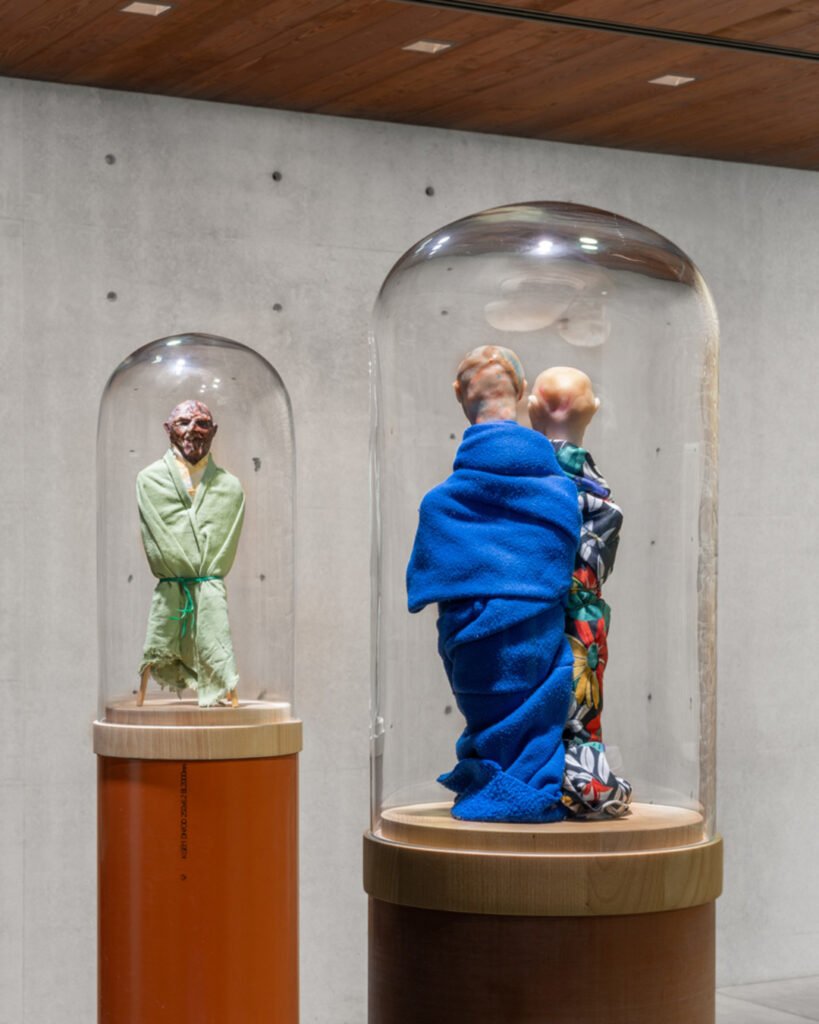
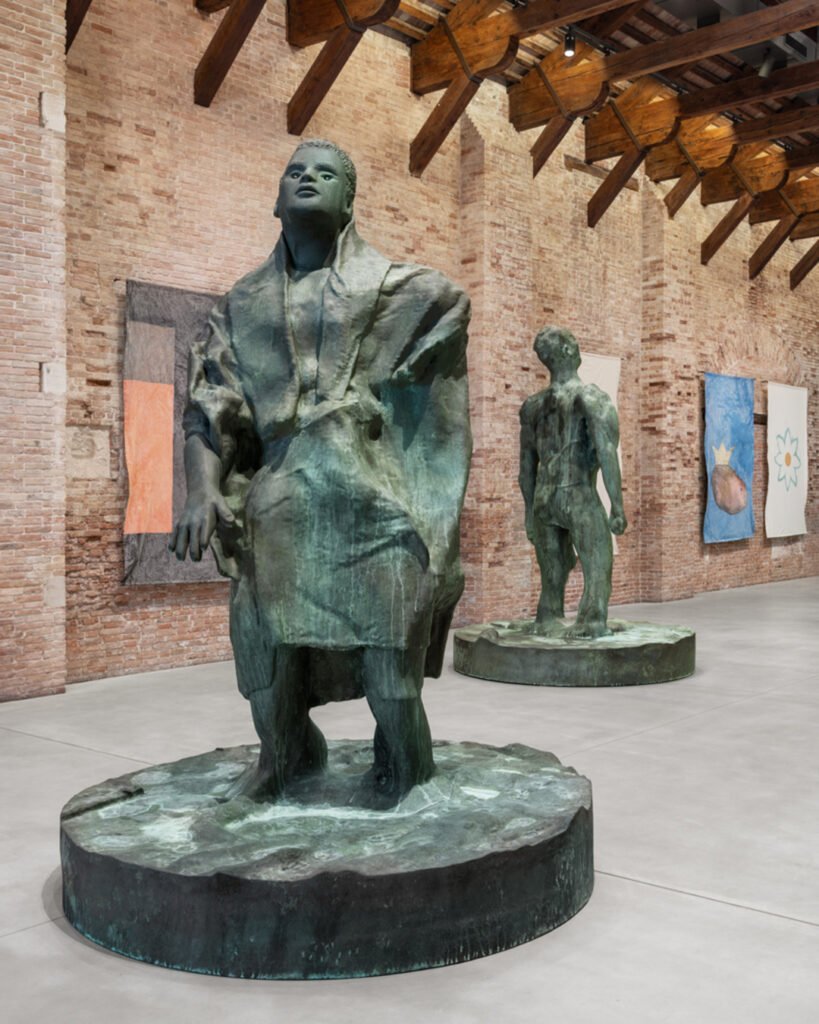
The politics of form and memory
Schütte’s sculptures frequently question collective memory, identity, and the weight of historical imagery. This exhibition contextualises his work within broader European cultural concerns, especially regarding postwar reconstruction, monumentality, and the role of public art.
An exhibition embedded in architectural dialogue
The venue itself, Punta della Dogana, contributes to the interpretive layers of the show. Its architectural character—part of the Venetian heritage and the Pinault Collection—interacts critically with Schütte’s works, emphasizing their spatial, almost theatrical power.
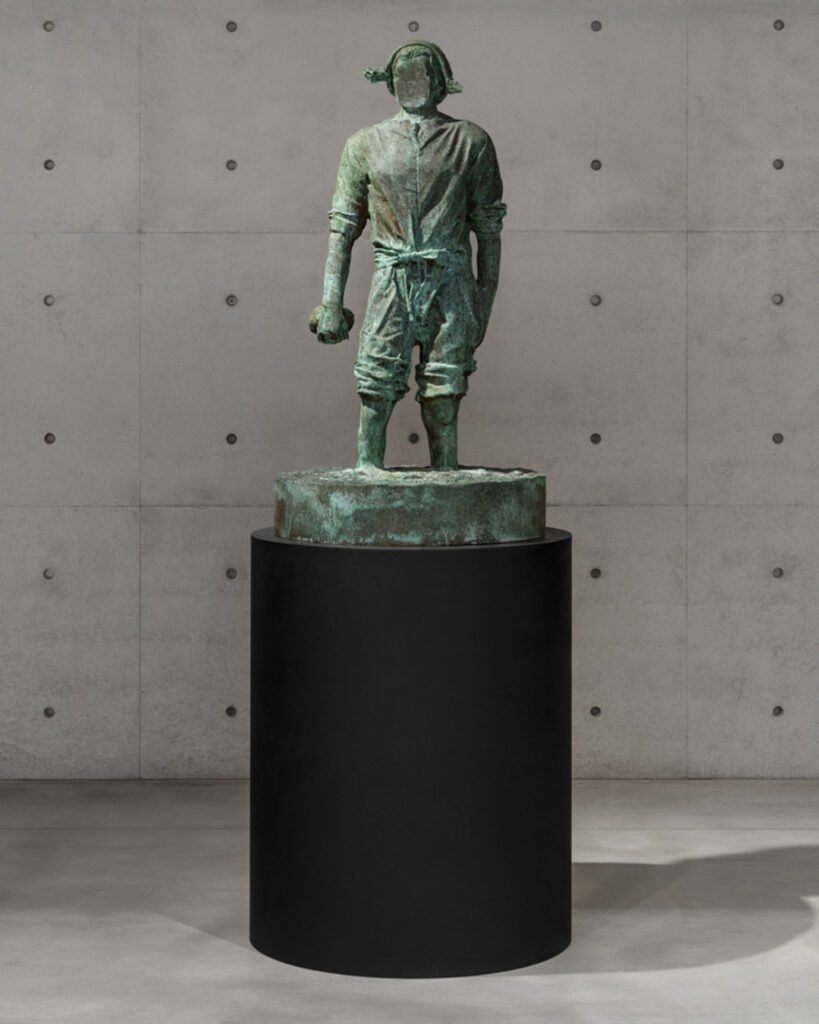

Photos © @marcocappellettistudio

